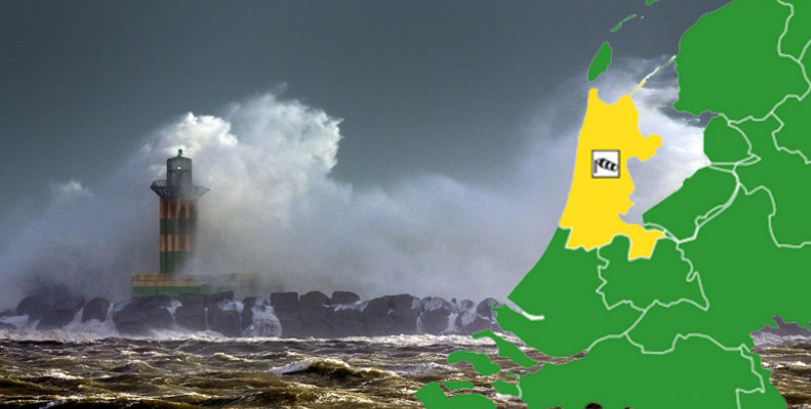KNMI – Synchronizing Numerical Models of the Atmosphere to Improve Weather and Climate Predictions #SWI2015
Systems as diverse as clocks, singing crickets, cardiac pacemakers, firing neurons and applauding audiences exhibit a tendency to operate in synchrony. The phenomenon that dynamical systems synchronise their behaviour by some form of information exchange is known as synchronisation. In recent years, the concept of synchronisation is being applied in weather and climate research.
Observed synchronous behaviour of different regional climates is being studied by regarding the climate system as a hierarchy of many coupled subsystems with complex non-linear feedbacks and forcings.
In weather prediction, one tries to reconstruct the total state of the atmosphere on the basis of a relatively small set of observations that are spread in space and time. A dynamical model of the atmosphere is used to interpolate between the data points. This process is called data assimilation. But from another perspective, it can be viewed as an attempt to synchronise the model state with the state of the atmosphere by exchanging state information.
By connecting different atmosphere models a new, synchronised solution emerges that by training the connections can be closer to the observed solution than any of the individual model solutions. This approach is called super modelling and has the promise to improve weather and climate predictions. KNMI has been pioneering the super modelling approach and interesting mathematical problems have emerged from this research.
- Through trial and error, it has been found that often just a part of the state vector needs to be exchanged between the models in order for the models to synchronise on a common solution. But which phase space coordinates are most effective? So far only linear nudging terms have been considered as the mathematical form of the connections but there might be other forms of connections that are more effective. For data-assimilation purposes, it would be very helpful to know where and what should be measured in order to achieve the best synchronisation between the model state and the real atmosphere.
- It has been found that when models are strongly connected, all models synchronise their behaviour. For very weak connections the models each trace their own attractor. For intermediate values of connection strengths, however, the models synchronise on solutions that are very different from the individual solutions and in some cases, a fixed point of a periodic solution is found. Why does this happen and why for these intermediate connection strengths?
- What is the best training strategy for the connections of the supermodel so that the synchronised solution is closest to the truth? We have pioneered a few approaches but fresh ideas are welcome!


